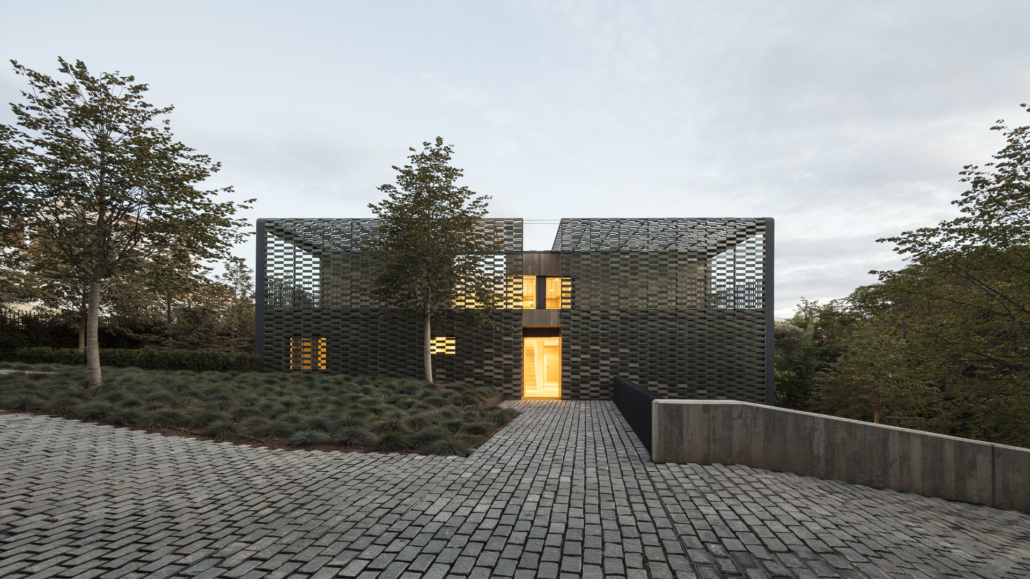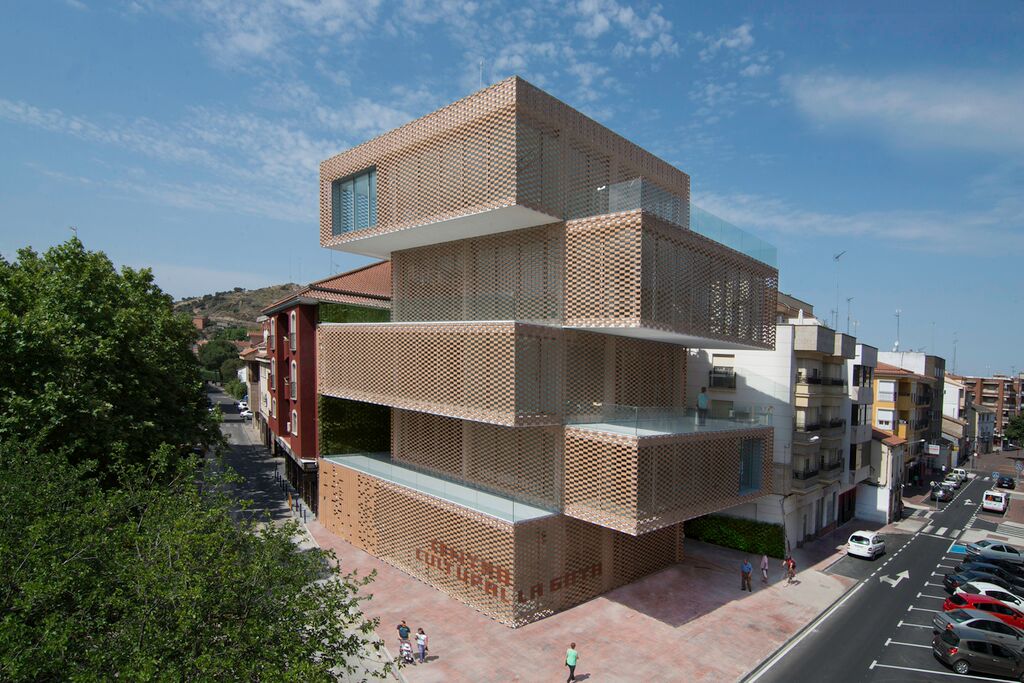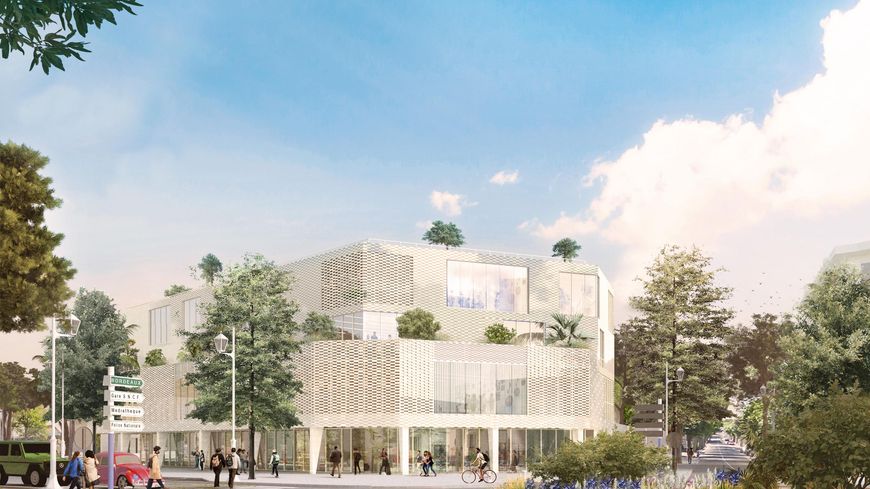Flexbrick textile architecture: 10 Advantages
Textile architecture has revolutionized the construction industry, offering innovative solutions that combine functionality, sustainability, and design. Flexbrick, a leader in the ceramic textile market, has developed a unique system that provides numerous benefits for architectural and civil engineering projects. Below are the top 10 advantages of using Flexbrick textile architecture.
- Sustainability
The ceramics used in Flexbrick fabrics are produced with biogas, significantly reducing their carbon footprint. Additionally, the system allows for easy separation of elements, as they are dry-assembled, facilitating recycling and minimizing waste.
- Large format optiums
Flexbrick offers fabrics up to 20 meters long, which reduces labor costs. This large-scale format enables quick and efficient installation, optimizing time and resources in every project.
- Optimal execution performance
Thanks to crane installation, the Flexbrick system significantly speeds up the construction process. This approach integrates the finishing in a single operation, achieving flawless results in less time.
- Flexible tranport and storage
Flexbrick sheets can be stored and transported folded on pallets or rolled in a spiral. This flexibility reduces logistical costs and simplifies handling at the construction site.
- Multi-functionality
A single Flexbrick system can be applied to pavements, facades, and roofs, allowing for a continuous envelope with less than 10% modification of the mesh components. This simplifies both the design and execution of architectural projects.
- Variability and customization
Flexbrick is a prefabricated system that offers a wide range of fabric configurations and colors. This variety enables architects and designers to create unique solutions tailored to the specific needs of each project.
- Innovative design
With Flexbrick, it is possible to design continuous envelopes, construct any curvature, and achieve precise alignments quickly and cost-effectively. The combination of configurations and designs opens up endless creative possibilities.
- Expanding the traditional use of ceramics
The Flexbrick system allows traditional ceramic products to reach new markets, including modern architectural projects and civil works. This significantly expands the application opportunities for this ancient material.
- Easy maintenance and recycling
The innovative design of the system facilitates maintenance, repairs, and recycling. As a dry and rollable system, Flexbrick fabrics can be “collected” to simplify maintenance tasks or for replacement and recycling.
- Technical assistance and support
Flexbrick not only offers an innovative product but also provides comprehensive support. The company assigns a construction director to supervise the execution of each project, ensuring optimal results and maximizing the advantages of the system.
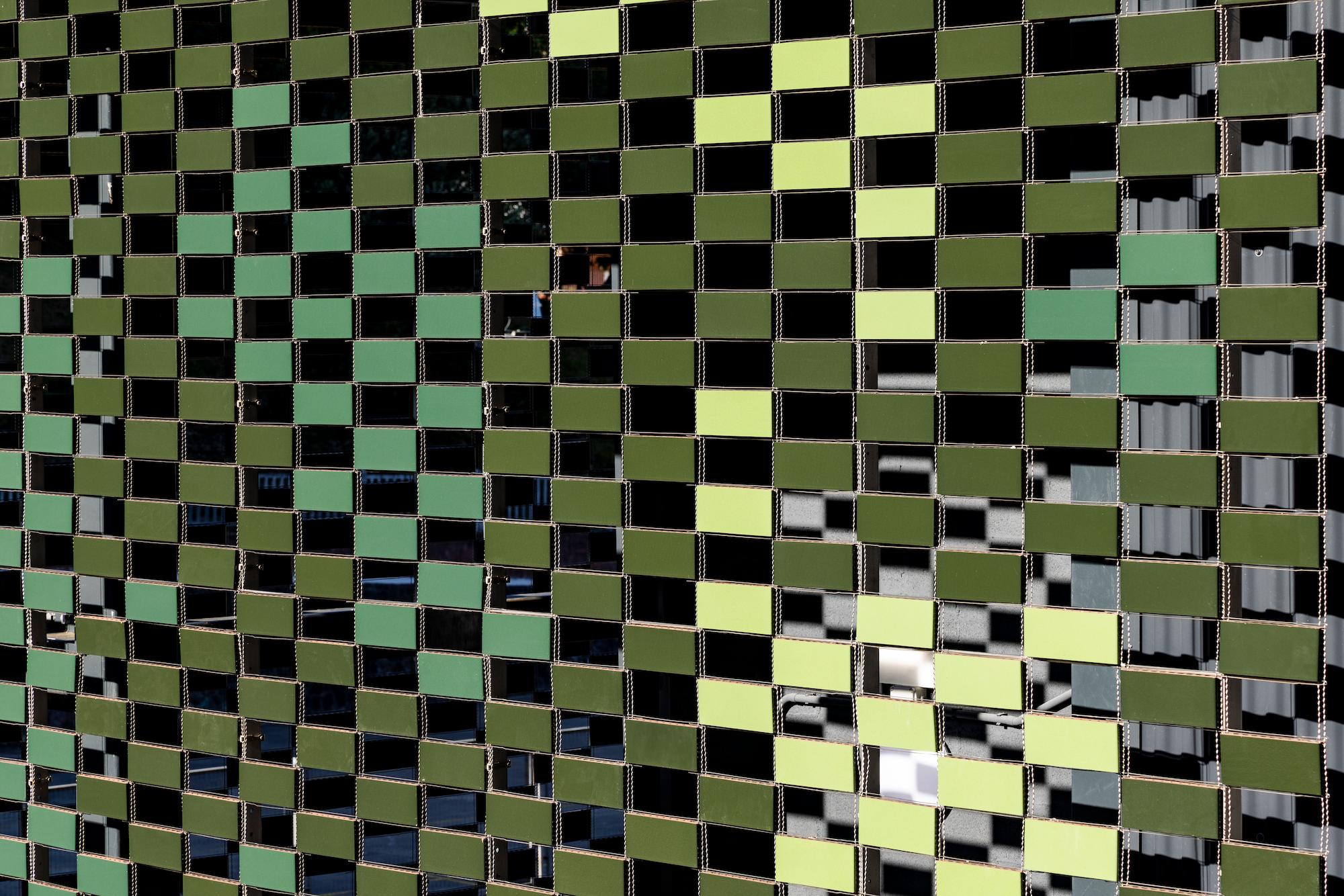
Why Choose Flexbrick?
Flexbrick textile architecture is much more than just a construction solution. It is a versatile, sustainable, and efficient tool that transforms the way we conceive and execute architectural projects. If you seek innovation and quality, Flexbrick is the perfect choice to take your project to the next level.
Casos de Éxito


